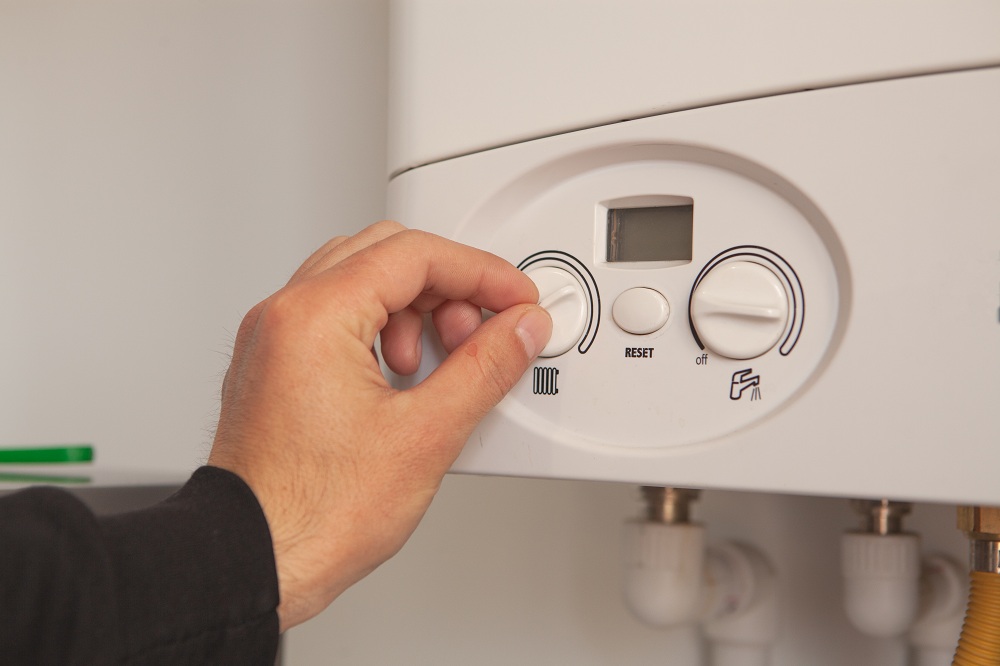Storage water heaters, which provide hot water for a variety of everyday uses, are crucial home appliances. Nevertheless, problems may arise with them with time, just as with any other equipment. In order to save time and money on repairs, homeowners need be familiar with typical problems and how to troubleshoot them. But if you are unable to do it yourself, get a professional plumber to fic plumbing issue for bathroom. Listed here are some of the most typical issues with storage water heaters, along with instructions of how to fix them.
Not Having Enough Hot Water:
Not having enough hot water is one of the most annoying problems with a storage water heater. A damaged thermostat, dirt accumulation in the tank, or a defective heating element are all potential causes of this issue. As a first step in troubleshooting, double-check that the thermostat is set appropriately. Check for corrosion or damage to the heating element if the settings are accurate. An additional way to enhance the flow of hot water is to flush the tank to eliminate sediment accumulation.
Strange Noises:
Sediment buildup in the water heater tank is a common cause of strange noises like popping, slamming, or rumbling. These noises are caused by the silt and minerals that settle to the bottom of the tank as the water heats up. If you want to keep the tank from being too noisy and full of sediment, you should flush it often. If the sounds don’t go away, it could be a symptom of a bigger problem that needs fixing, such a heating element that’s failing or some parts that aren’t snug.
Leaks:
Possible causes of water heater leaks include corrosion, faulty connections, or a broken pressure relief valve. Check for leaks in the connections surrounding the water heater and secure them as needed. If the leak continues, you should inspect the pressure relief valve for any indications of wear and tear or corrosion. If necessary, replace it. Be sure to check the tank for any indications of rust or corrosion; these could be signals of a more serious problem that needs fixing right away by a professional like https://www.plumbersingapore.org/.
Water Temperature Fluctuations:
Dissatisfying swings in water temperature could be an indication of a faulty thermostat or heating element, both of which can be rather inconvenient. Thermostat settings should be double-checked and adjusted first. It could be necessary to replace the thermostat or heating element if the temperature swings continue. Preventing this issue from happening requires regular maintenance including flushing the tank and examining the heating elements.
Discolored or Foul-Smelling Water:
If the water from the faucet is discolored or smells bad, it could be because of bacteria or rust in the tank. To improve the water quality, flush the tank to remove bacteria and sediment. Furthermore, a water filtration system can lessen contaminants and enhance the taste and smell of water. The need for a professional inspection and repair becomes apparent if the problem continues, suggesting a more serious issue like corrosion within the tank.
Problems with the Pilot Light:
In gas water heaters, the ineffective heating of water can be caused by a broken pilot light. The pilot light should be lit and burning continuously. A problem with the gas supply or thermocouple could be the cause of the pilot light not lighting or remaining lit. Check these parts for wear and tear and replace them if needed. Always proceed with caution while dealing with gas appliances, and if you still have questions, call an expert.

